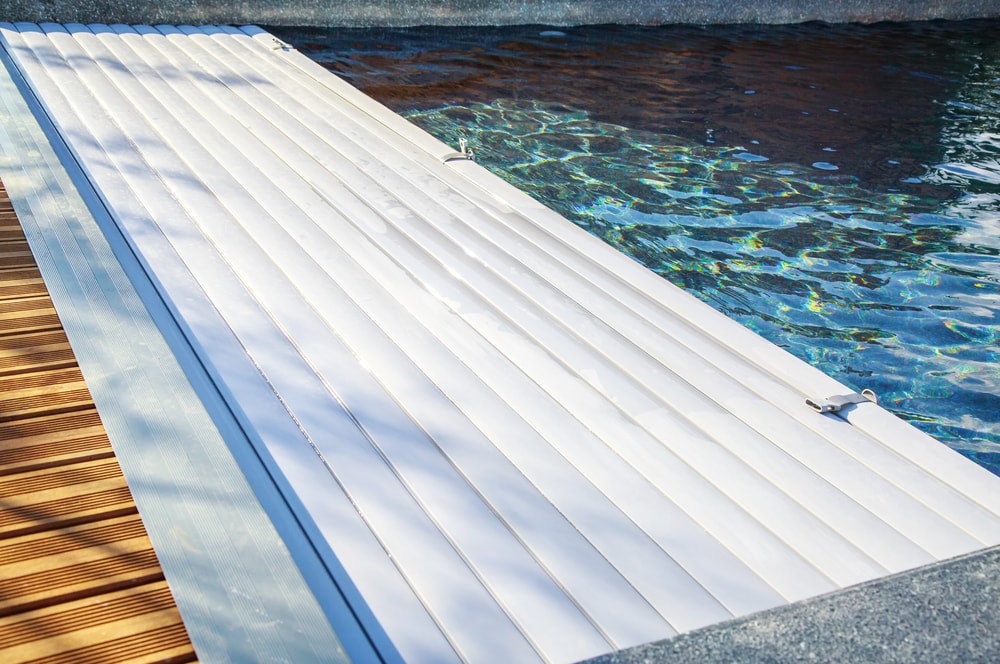How Pool Owners Can Stay Safe This Summer
With the summer approaching, residential and public swimming pools should prepare to reopen by implementing safety protocols. According to the Centers For Disease Control and Prevention, an average of 3,536 fatal drownings occurred in the United States between 2005 and 2014; approximately ten deaths per day. These fatal drowning occurred due to a lack of supervision and accidental slips. Be sure to have preventative measures in place to save a life this summer! To celebrate National Water Safety Month, our experts off these pool safety tips!
Dehydration & Hypothermia
Children and adults should drink plenty of fluids, particularly water, to prevent dehydration. During the sweltering summer months, swimmers can become dehydrated in the sun. Adults should avoid alcohol consumption because it impairs judgment, balance, coordination, and swimming skills. Alcohol also reduces the body’s ability to stay warm, which will lead to hypothermia. Dizziness and feeling lightheaded are signs of dehydration and overheating.
Water temperature is important as well. Enter the water slowly and make sure it feels comfortable for you and your children. A temperature below 70°F is cold to most swimmers. Recommended water temperatures vary depending on the activity and a swimmer’s age. Make sure to keep the pool’s temperature between 82°-86°F. Also, body temperature drops rapidly in water, and it doesn’t take long for hypothermia to set in. If a person is shivering or has muscle cramps, remove them from the water immediately.
Pool Safety for Children
An estimated 1,000 children die each year by drowning. Most of these tragic drownings occur in residential swimming pools. Children need constant supervision around the water. Drowning can occur in a depth of water that is less than 2 inches. Swimming pool drownings aren’t the only concern for children. Adults should be aware of the dangers of pool drains and filters. Children under 50 pounds and 32 inches and can be easily caught in the drain and filters. Swimming lessons are the first step to preventing drowning among children. With a doctor approval, babies can learn how to swim as early as 6 months. Parents should enroll children over 4 years old in swimming lessons at your local YMCA. Many adults assume children who know how to swim are not at risk for drowning. All children need supervision in the water, regardless of their skills.
Have Safety Devices
As a precaution, children should wear the safety floatation devices in the pool. Invest in a Coast Guard-approved life vest and mandate that every child will wear in the water. Check the weight and size recommendations on the label. Next, have your child try it on to make sure it fits snug. For children younger than 5 years old, choose a vest with a strap between the legs and head. The collar will keep the child’s head up and face out of the water. Also, pool noodles and circular floats aren’t protective flotation devices. Use these only when wearing a life vest and under an adult supervision. Don’t forget to apply sunscreen before entering the pool. Use a waterproof sunscreen that is safe for chlorine and salt-water pools. Using the proper sunscreen will not disturb your pool PH balance. UV sunglasses, hats, and protective clothing also can help provide sun protection.
Alarms and Covers
Automatic Pool Covers are the best safety cover for everyday use. They hold enormous amounts of weight, catching any person or animal. Pool alarms are the best installments to have on any pool. An alarm sounds whenever something disturbs the surface of the pool, opens a gate to the pool or removes a cover. These functions ensure safety by allowing you to see when someone enters the pool. Although it is not a life-saving device, it gives someone nearby the chance to response in a proper manner.

Pool alarms come with several types of sensors and offer different functions. Most alarms use a magnetic sensor that detects when a gate door opens. Buoy sensors use motion detection to sense water movement. In-ground pool alarms detect rising or moving water. Sensor alarms can detect any displacement of water. Meanwhile, less sensitive options may not detect pool entries below a certain weight.
Swim Safe This Summer
Drowning is the second leading cause of accidental death for people between the ages of 5 and 24. To help your family stay safe this summer, enroll everyone in swimming lessons. Every homeowner and public swimming should have an emergency plan if drowning occurs. At least two people in a household should be CPR certified to assist if an accident occurs. Prevent water-related deaths and injuries this summer by initiating these practices. Contact your local Red Cross and YMCA for swimming and CPR lessons! Don’t forget to follow Shoreline Pools on HOUZZ for unlimited backyard design inspiration you can use in your next project.





